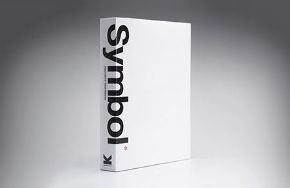GLANCE at any technology blog, and all the innovation in the world of timekeeping seems to be captured by two words: smart watches.
Almost every week new designs emerge from electronics giants such as Samsung and Sony, Kickstarted minnows like Pebble and Martian, and even the odd pop star (will.i.am says his smart watch will go on sale this summer). So what new product is Swatch - which in 1983 transformed dull digital watches into must-have fashion accessories, thus saving Switzerland’s watch industry—now launching? A self-winding mechanical watch it calls Sistem51.
Smart watches tend not to be very innovative: most are a mash-up of phone, activity-tracker and music-player. Although almost 2m of them were sold worldwide last year, many buyers swiftly lose interest. Endeavour Partners, a consultancy, reckons a third of Americans who buy a “wearable” device stop wearing it within six months. Run-of-the-mill digital quartz watches, too, have seen few real technological advances. Some now sport GPS, solar power and a variety of fancy screens, but commoditisation has pushed down average prices to only a few dollars—and largely squeezed out innovation.
That leaves “old-fashioned” mechanical watches, where innovation is being driven by two factors. The first is the vast profits still made in and around Switzerland’s “watch valley”, near Lake Neuchâtel. In 2013 the country exported 28.1m timepieces at an average price of $830 (an average skewed down by Swatch, which sold a vast but undisclosed number of its quirky quartz watches at $50-215 each). The second is a series of technological breakthroughs, spurred by unexpected uses of untraditional materials, that may in time transform the industry.
Sistem51 seeks to do for old-style watches what Swatch did for digital timepieces three decades ago. Then, Swatch used innovative design and automation to cut the number of parts in a quartz watch from about 90 to 51. Sistem51 takes the 200 or more parts in a mechanical watch and cuts that to 51, too. To do this, Swatch built a minimalist movement out of ARCAP, an alloy of copper, nickel and zinc that is anti-magnetic—magnets are an enemy of accuracy in mechanical watches. Because it resists magnetism, the movement needs no regulator mechanism. It is regulated and sealed at the factory, where assembly is fully automated, a first for mechanical watches. Sistem51 may be 100% Swiss-made, but its makers are Helvetian robots. It will cost about $150 when it goes on sale in America later this year.
You have no items in your shopping cart.
The high-tech world of old-world watches
Wednesday, July 1, 2015

Leave your comment













